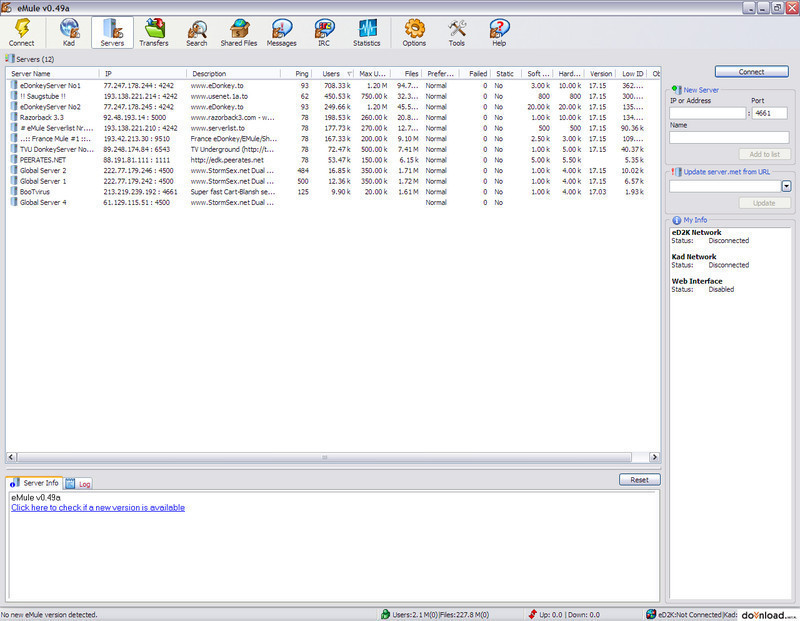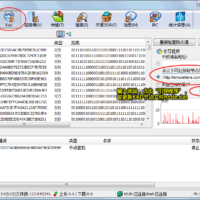

Therefore, the left most contacts in the tree are farthest from you and the right most contacts are closest to you. All the contacts with the second bit set to "1" goes to the left bin and the ones with "0" go to the right bin. We now have a skewed level 2 tree with 3 bins. Let's say the left bin fills up and needs to split. All the contacts that started with a "1" goes the the left bin and all the contacts with a "0" goes the the right bin. We then split this level 0 tree with 1 bin into a level 1 tree with two bins. Lets assume that the tree is level 0 with 10 contacts (bin is full) and we add this new contact.

Namesearch (key=hash of first keywokrd, value = full filename) Sources (key=hash of file, value = location of source. No searches are offloaded to other clients. You can help this wiki by expanding it.Īll lookups and searches are done form the local client. So in general ii is better to look for "Moviename the" than "the Moviename". Kad uses the hash of the first word you look for as key where to look in the Kad network. The Kad ID is stored in preferencesKad.dat on first Kad startup. This can be down by downloading a nodes.dat files or (simpler) starting a download via the servers and then boostrap Kad with the clients found there. You need to know first some clients to get into the network.

If all peers in Kad go red(ish) something is likely worng with the UDP communication. All a user can see is that the peers turn from yellow (unknown) to green (4 successful connects). There is a Kad screen in the official client. Note that Kad is not used to actually transfer the file in the ed2k network.



 0 kommentar(er)
0 kommentar(er)
